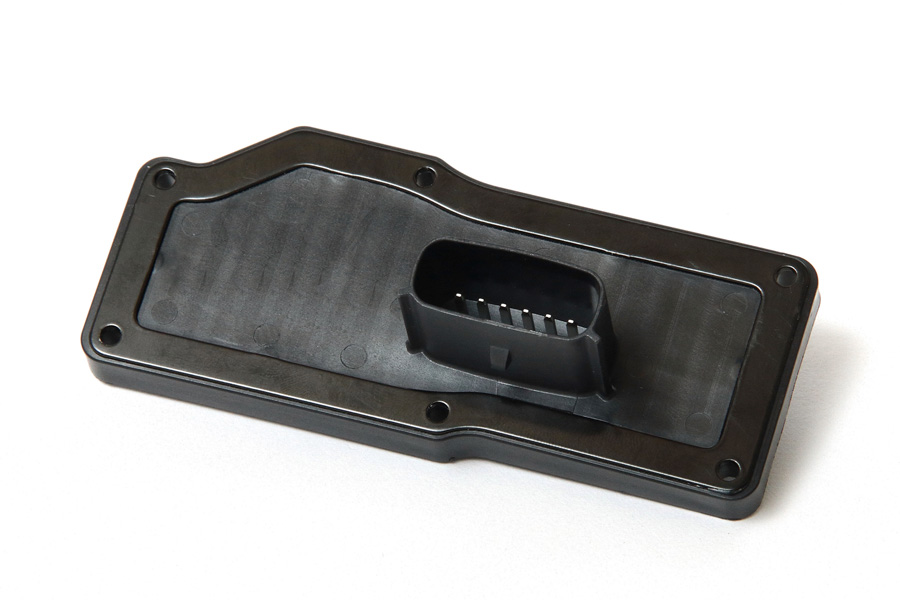
Your blog feed for digital manufacturing resources, in-depth features, and industry news.
Proper mold care prevents defects, reduces downtime, and increases the overall efficiency of the production process. Here are some essential tips for maintaining plastic bucket molds:
Molds should be cleaned regularly to prevent the build-up of plastic residue, dirt, and oils. After each production cycle, remove any leftover plastic and debris using a soft brush or air blowers. For more thorough cleaning, use a non-abrasive cleaner designed for molds. This helps maintain smooth surfaces and ensures consistent product quality.
Lubrication is vital for the smooth operation of the mold’s moving parts, such as ejector pins and slides. Regularly apply a suitable lubricant to prevent friction, which can lead to wear and tear. Be sure to use the recommended lubricant type to avoid damaging the mold or affecting the molding process.
Frequent inspections are necessary to catch any early signs of wear, corrosion, or damage to the mold. Pay close attention to areas that experience high stress, such as the cavities and ejector pins. Replace worn parts promptly to avoid further damage and costly repairs.
Maintaining the proper temperature during the molding process is essential to prevent mold deformation or distortion. Ensure that the mold is cooled evenly and adequately after each cycle. Overheating or uneven cooling can cause cracks or deformation in the mold, which will affect product quality.
Molds should always be handled carefully to prevent damage. Use proper lifting equipment when moving heavy molds and avoid any impact or shock that could affect the mold’s structure. Always store molds in a clean, dry area to protect them from moisture or contamination.
Rust can be a major issue for molds, especially if they are made from steel. To prevent rusting, apply a thin layer of anti-rust oil or coating on the mold surface after cleaning. Regularly check for any signs of rust and address it immediately to prevent further damage.
Keep a detailed record of all maintenance activities performed on each mold. This includes cleaning schedules, lubrication, inspections, and repairs. A proper record helps track the condition of the mold over time and can provide valuable insights into potential improvements in maintenance practices.
Proper maintenance of plastic bucket molds is essential for ensuring their durability and performance. By following these key maintenance practices, you can minimize downtime, improve product quality, and extend the life of your molds. Regular cleaning, lubrication, inspections, and careful handling will help you maintain your molds in top condition, resulting in more efficient and cost-effective production.
Your blog feed for digital manufacturing resources, in-depth features, and industry news.
31 Southlands Road
POLESWORTH
B78 0FL
We will reply to you in 20 minutes.
Our team is online, can be helpful for you.
Our team is online, can be helpful for you.
Didn’t find what you want? Ask our leader for help directly!